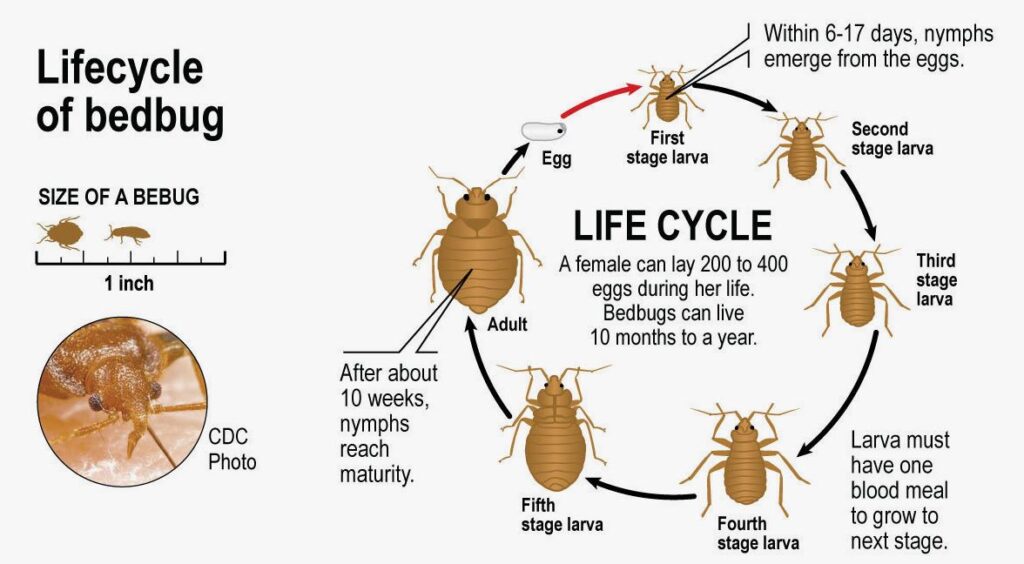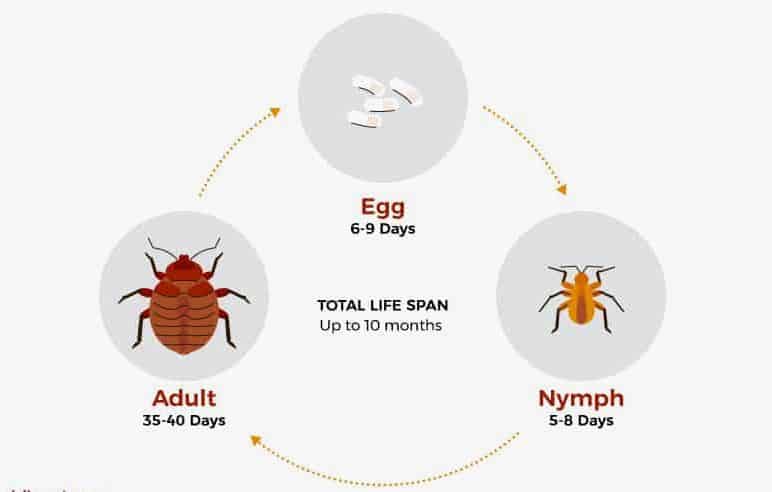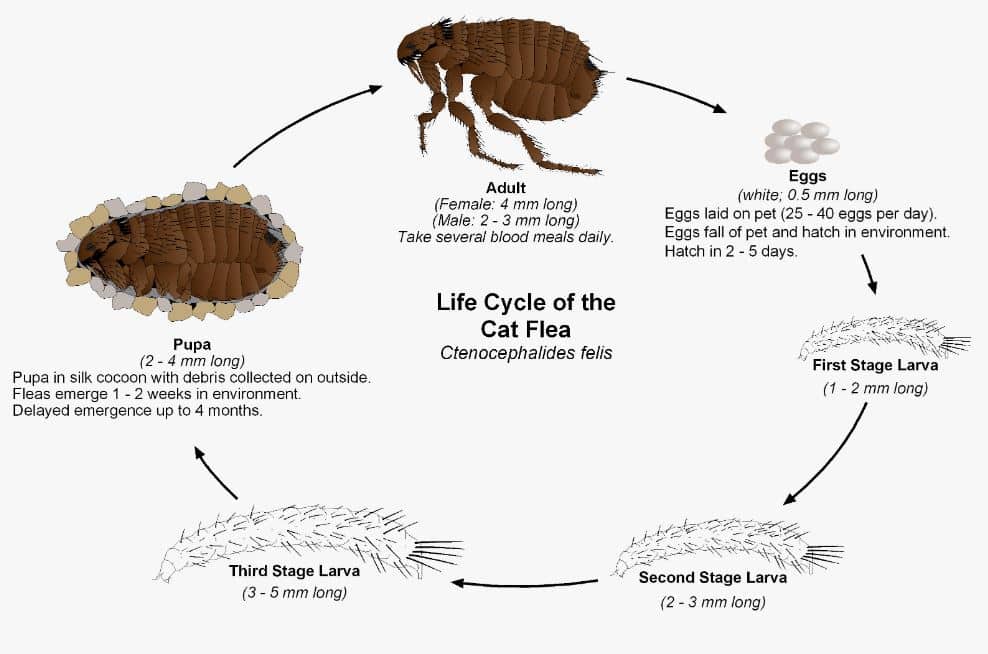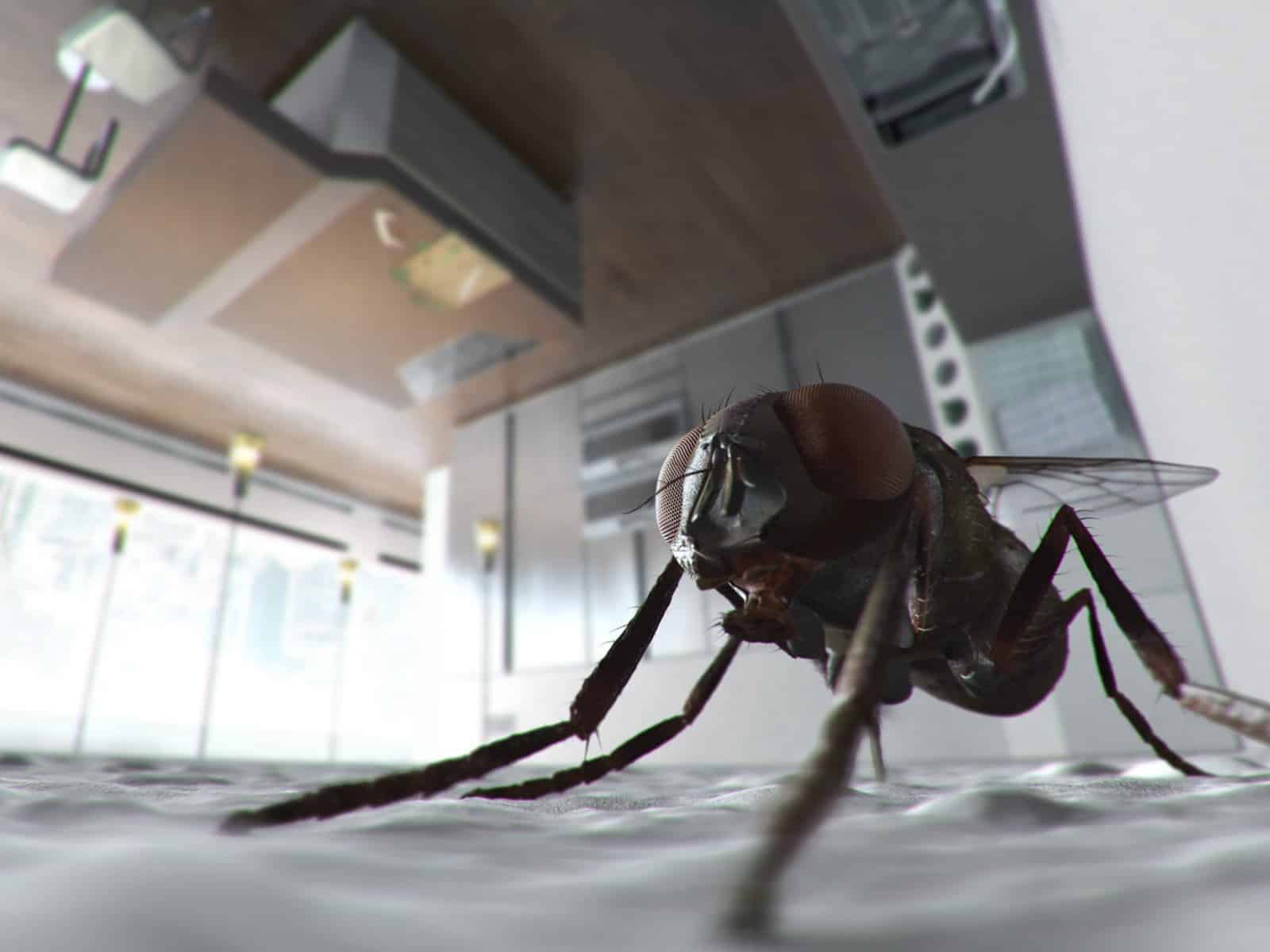Stages of Bed Bug Life Cycle - ( Egg - Nymph - Adult)


Bed bugs (Cimex lectularius) undergo a gradual metamorphosis, progressing through three main stages: egg, nymph, and adult. Understanding the bed bug life cycle is crucial for effective pest control and management. Here’s a detailed overview of each stage:
Egg Stage:
- The bed bug life cycle commences with the egg stage.
- Female bed bugs deposit eggs in cracks, crevices, and other concealed locations near their feeding sites.
- Bed bug eggs are minuscule, white, and measure approximately 1mm in size.
- Under optimal conditions such as warm temperatures and high humidity, bed bug eggs typically hatch within 6 to 10 days.
Nymph Stage:
- Upon hatching from the egg, bed bugs emerge as nymphs.
- Nymphs resemble smaller versions of adult bed bugs but are lighter in color and somewhat translucent.
- Bed bug nymphs require regular blood meals to molt and progress to the next developmental stage.
- They undergo five molts, shedding their exoskeleton with each molt to accommodate growth.
Adult Stage:
- Upon reaching adulthood, bed bugs become sexually mature and capable of reproducing.
- Adult bed bugs are reddish-brown with flat, oval-shaped bodies, typically measuring about 4 to 5mm in length, roughly the size of an apple seed.
- To sustain themselves and reproduce, adult bed bugs must consume regular blood meals.
- Female bed bugs can lay hundreds of eggs over their lifespan, ranging from several months to over a year under favorable conditions.
Factors Influencing Bed Bug Life Cycle:

- Temperature: Warmer temperatures accelerate the bed bug life cycle, while colder temperatures can slow it down or induce dormancy.
- Feeding Availability: Regular blood meals are essential for bed bug development and reproduction, so the availability of hosts influences their growth and survival.
- Environmental Conditions: Humidity levels and access to harborage sites also impact the bed bug life cycle, with optimal conditions facilitating faster development and reproduction.
Bed Bug Life Cycle Summary & Conclusion

Bed Bug Life Cycle Summary:
- Egg Stage: Female bed bugs lay eggs in hidden locations, which hatch within 6 to 10 days.
- Nymph Stage: Newly hatched bed bugs emerge as nymphs and undergo five molts before reaching adulthood.
- Adult Stage: Adult bed bugs are sexually mature, require blood meals to survive, and can reproduce, perpetuating the life cycle.
Conclusion:
Understanding the bed bug life cycle is crucial for effective detection, treatment, and prevention of infestations.
By employing integrated pest management strategies, including sanitation, monitoring, and targeted insecticide treatments that address multiple life stages, it is possible to control bed bug populations and mitigate their impact on human health and well-being.
Rodents threaten not only your health but also your property.
With Years Of Experience And A Commitment To Excellence, Our Rodent Control Service Is Trusted By Our Customers.
( FAQ )Frequently Asked Questions in bed bug life cycle
1. How long does it take for bed bug eggs to hatch?
- Bed bug eggs typically hatch within 6 to 10 days, depending on environmental conditions such as temperature and humidity.
2. How many times do bed bug nymphs molt before becoming adults?
- Bed bug nymphs undergo five molts (instars) before reaching adulthood. Each molt allows the nymph to grow larger and develop into the next stage.
3. What do bed bug eggs look like?
- Bed bug eggs are small, oval-shaped, and translucent white.
They are about 1mm in length and are often found in clusters in hidden locations near feeding sites.
4. How long does it take for bed bugs to reach adulthood?
- The time it takes for bed bugs to reach adulthood varies depending on factors such as temperature, feeding frequency, and available harborage sites.
- Under optimal conditions, bed bugs can reach adulthood in as little as 5 to 8 weeks.
5. How long do adult bed bugs live?
- Adult bed bugs can live for several months to over a year, depending on environmental conditions and access to blood meals.
- Without feeding, adult bed bugs may enter a state of dormancy but can survive for several months without food.
6. Can bed bugs reproduce without feeding?
- No, bed bugs require regular blood meals to reproduce. Female bed bugs need a blood meal to develop and lay eggs, while male bed bugs require blood for energy and mating purposes.
7. How many eggs can a female bed bug lay in her lifetime?
- A single female bed bug can lay hundreds of eggs throughout her lifespan, typically ranging from several months to over a year under favorable conditions.
8. What factors influence the development and survival of bed bugs?
- Environmental factors such as temperature, humidity, and access to hosts play a significant role in the development and survival of bed bugs.
- Warmer temperatures and high humidity levels accelerate the bed bug life cycle, while colder temperatures and low humidity can slow it down.
9. Where do bed bugs lay their eggs?
- Female bed bugs prefer to lay their eggs in hidden locations near their feeding sites, such as cracks, crevices, mattress seams, and furniture upholstery.
- They may also lay eggs in cluttered areas where they can find protection and easy access to hosts.
10. How can I prevent bed bugs from reproducing and infesting my home?
-
To prevent bed bug infestations, it’s essential to maintain good sanitation practices, regularly inspect for signs of bed bugs, eliminate clutter, seal cracks and crevices, and take preventive measures such as using mattress encasements and installing bed bug interceptors on furniture legs.
For any other questions or concerns not addressed here, feel free to reach out to a pest control professional for assistance. They can provide expert advice and guidance on bed bug prevention and management strategies. We Control All common pests In Saudi Arabia ( bed Bugs Control – cockroach control – flies control – Termites control – Mosquitoes control rodents control – Wasps, and much more!
HOW We DO IT Green ?!
Bed Bug Treatment

When selecting a bed bug treatment company, it’s important to consider factors such as their experience, reputation, and the effectiveness of their treatment methods.
Reading reviews and seeking recommendations can aid in making an informed decision.
Understanding Treatment Methods:
Bed bug treatment companies utilize various methods to eradicate infestations, including:
Chemical Treatments:
Chemical treatments involve applying insecticides to targeted areas where bed bugs are present.
While effective, multiple applications may be required, and caution should be taken to minimize exposure to humans and pets.
Heat Treatments:
Heat treatments raise the temperature in infested areas to levels lethal to bed bugs.
This method effectively penetrates furniture and other hiding spots, ensuring comprehensive eradication.
Steam Treatments:
Steam treatments utilize high-temperature steam to kill bed bugs and their eggs upon contact.
This eco-friendly approach is particularly suitable for treating delicate items like upholstery and bedding.
make big impact.
Take Action Now for a Pest-Free Future
Don’t wait until the problem Or Bedbugs escalates further.
Take proactive measures today and Keep your space Clean from unwanted Bedbugs.
Contact us now to make an appointment and let our dedicated team rid your property of Bedbugs for good.
Process
A.I.M

Assessment
One of our experts will visit you, inspect the facility, identify pest problems on-site, and develop a control plan that covers all your needs.

Implementation
Without leaving the facility, the Eco Shield team will apply environmentally friendly control according to the agreed action plan, which was developed by entomologists. We also provide you with a detailed report on the control service to help analyze the factors of pest presence, limit them, and get rid of them in the future.

Monitoring
We will continue to monitor your facility on an ongoing basis to ensure that problems are resolved. And to intervene in Case of the emergence of any other Insect. Year-round protection for you, your family, and your facility from insects and rodents.
Our Certificates
We Are Quality Approved By







